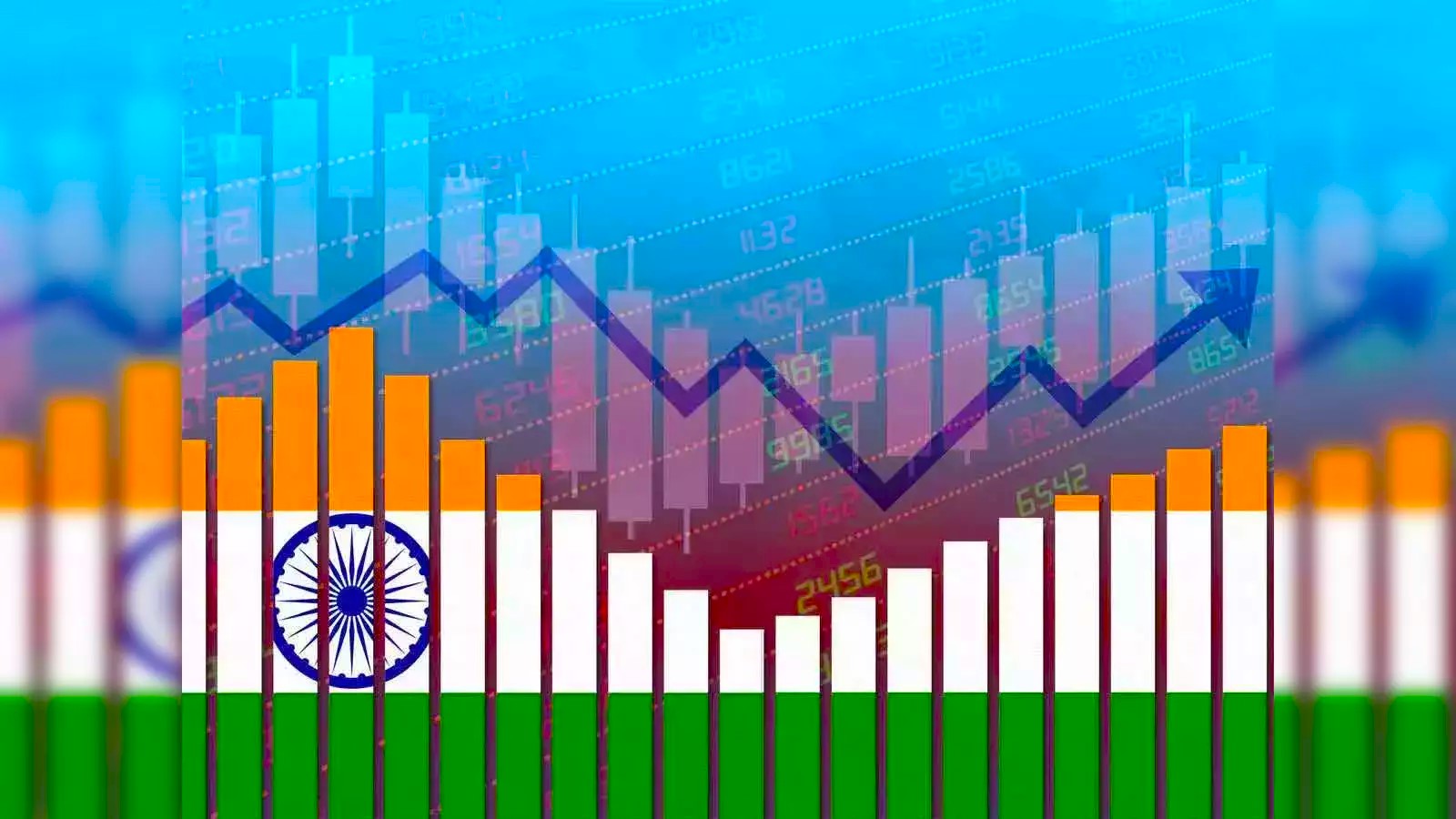 India on Track to Become the World’s Third-Largest Economy by 2030[/caption]
As the global economy grapples with geopolitical tensions and slow growth, India’s growth story is receiving widespread attention. Jamie Dimon, Chairman and CEO of JPMorgan, America’s largest bank, believes that India has the potential to become a $7 trillion economy by the end of the decade. He attributes this optimism to Prime Minister Narendra Modi's efforts in developing digital and physical infrastructure, which are attracting multinational companies involved in manufacturing advanced products and services.
India on Track to Become the World’s Third-Largest Economy by 2030[/caption]
As the global economy grapples with geopolitical tensions and slow growth, India’s growth story is receiving widespread attention. Jamie Dimon, Chairman and CEO of JPMorgan, America’s largest bank, believes that India has the potential to become a $7 trillion economy by the end of the decade. He attributes this optimism to Prime Minister Narendra Modi's efforts in developing digital and physical infrastructure, which are attracting multinational companies involved in manufacturing advanced products and services.
India on Track to Become the World’s Third-Largest Economy by 2030
Published on September 25, 2024 by Admin
[caption id="attachment_1648" align="alignnone" width="1600"] India on Track to Become the World’s Third-Largest Economy by 2030[/caption]
As the global economy grapples with geopolitical tensions and slow growth, India’s growth story is receiving widespread attention. Jamie Dimon, Chairman and CEO of JPMorgan, America’s largest bank, believes that India has the potential to become a $7 trillion economy by the end of the decade. He attributes this optimism to Prime Minister Narendra Modi's efforts in developing digital and physical infrastructure, which are attracting multinational companies involved in manufacturing advanced products and services.
India on Track to Become the World’s Third-Largest Economy by 2030[/caption]
As the global economy grapples with geopolitical tensions and slow growth, India’s growth story is receiving widespread attention. Jamie Dimon, Chairman and CEO of JPMorgan, America’s largest bank, believes that India has the potential to become a $7 trillion economy by the end of the decade. He attributes this optimism to Prime Minister Narendra Modi's efforts in developing digital and physical infrastructure, which are attracting multinational companies involved in manufacturing advanced products and services.
 India on Track to Become the World’s Third-Largest Economy by 2030[/caption]
As the global economy grapples with geopolitical tensions and slow growth, India’s growth story is receiving widespread attention. Jamie Dimon, Chairman and CEO of JPMorgan, America’s largest bank, believes that India has the potential to become a $7 trillion economy by the end of the decade. He attributes this optimism to Prime Minister Narendra Modi's efforts in developing digital and physical infrastructure, which are attracting multinational companies involved in manufacturing advanced products and services.
India on Track to Become the World’s Third-Largest Economy by 2030[/caption]
As the global economy grapples with geopolitical tensions and slow growth, India’s growth story is receiving widespread attention. Jamie Dimon, Chairman and CEO of JPMorgan, America’s largest bank, believes that India has the potential to become a $7 trillion economy by the end of the decade. He attributes this optimism to Prime Minister Narendra Modi's efforts in developing digital and physical infrastructure, which are attracting multinational companies involved in manufacturing advanced products and services.
Categories: Economy